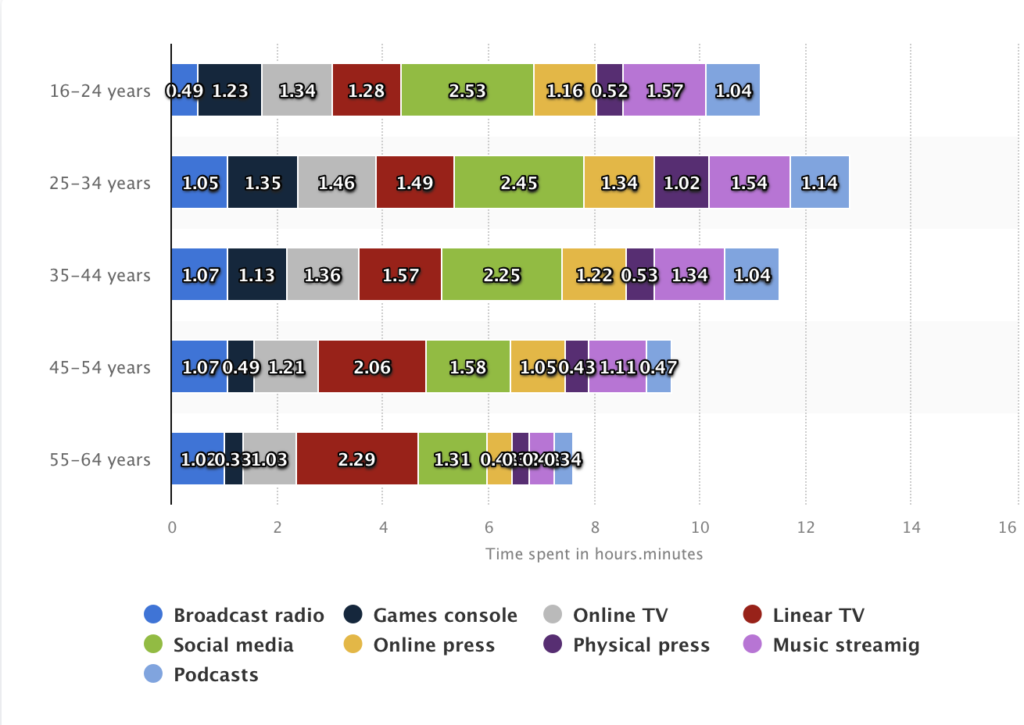
Read the original in Spanish.
A new revolution is beginning. Social media platforms such as YouTube and Twitch are the main drivers of streaming content and have been gradually replacing cable TV to the point of almost elimination. The future of live content seems promising, but why is it necessary for live content platforms to be immersed in social media?
Read similar:
Some examples
Bleacher Report is a live sports content streaming website in the United States. Therefore, its competition is double. It competes against TV corporations that hold broadcasting rights and against established social media platforms commonly used by people to stream content. This web aims to focus on programming on its proprietary platform rather than continuing to depend on social media platforms. This new media type has a distinct advantage: the streamer, the live content creator.
YipTV, on the other hand, presents a narrative that blends the power of live streaming with the richness of TV content. The competition in this case is global and it’s suitable to be primarily in the audience that needs visual experiences, not in content creation. The distinction of YIP becomes apparent in the on-demand service, with Latin American concerts being the main attraction.
Live streaming has become the most known and used tool for companies that seek to connect with the audience in real-time. Is in that place where social media continues to keep its differentiative value. (YouTube and YouTubers, for example). Live TV and cable have been left behind but are still surviving.
Tradition, digitalization, and generational breach

Source: Statista, showing daily time spent on media by age
As the beat goes on, social media has been closing the gap with traditional TV. At first, this was most pronounced among younger audiences, facilitated by the adoption and subsequent dominance of technology in user habits.
Traditional media is evolving and opening to the idea of following a new use, with collective creators. So they have been all their lives on social media. TV, but also online has been left behind as a practice that seems to be from the last century. Mobile phones are dominating time and consumers, with a global reach of 98%. Technology moves the world, and with every step further for the new ones it will be a step back for those who are not capable of adapting.
Our hyper-connected society is traveling forward to 100% digital content. But traditional is keeping track. It’s the only way. Adapt to connect and reborn to get to the audience. Content creators are from this century and have changed the future of the media, without a doubt. Creativity, audience, and content.